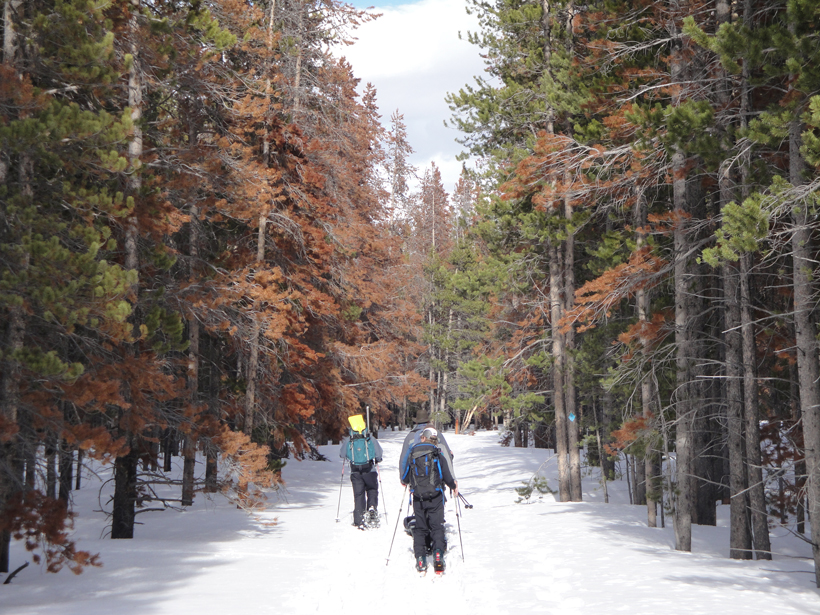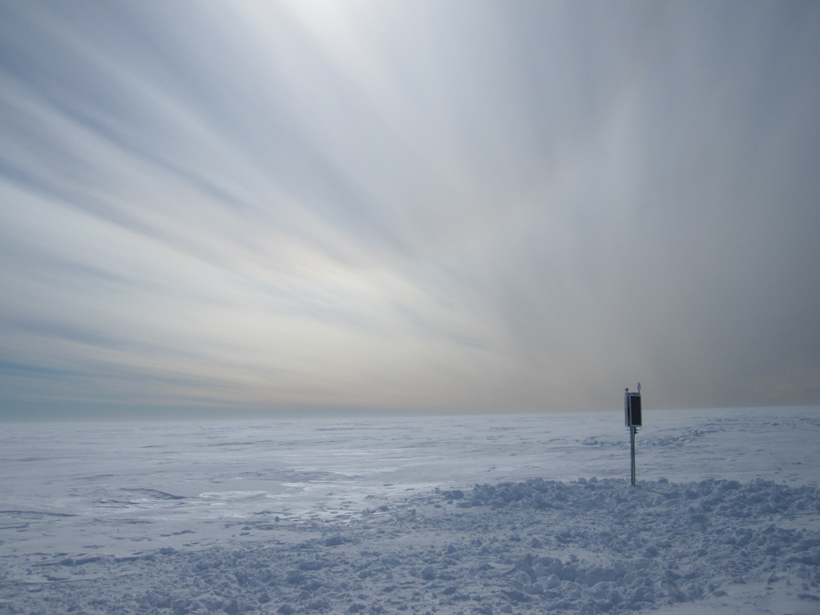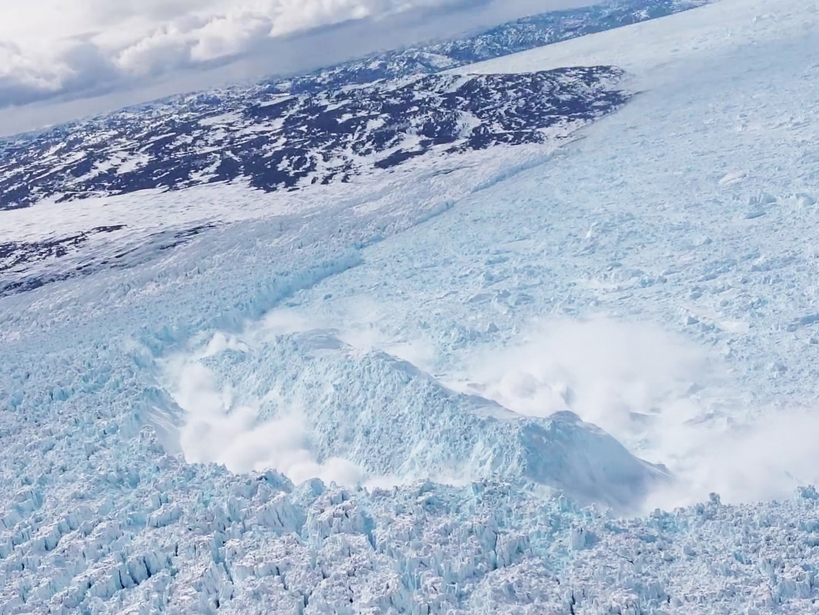A new model reveals how cumulus convection, humidity, and tropical circulations interact as global temperatures rise.
L. Strelich
Lily Strelich is a freelance writer and editor, covering Earth and space science research for Eos.org, Hakai Magazine, mental_floss, and others. She studied geology and German at Occidental College, assisted archaeology field work in Bulgaria, and now tackles science policy in Washington, D. C.
Gamma Ray Bursts Leave Their Mark in the Low Ionosphere
Scientists use very low and low-frequency radio signals to detect short gamma ray bursts and their impact on the low ionosphere.
Bark Beetles Cause Big Tree Die-Offs, but Streams Flow Steadily
Recent beetle epidemics have driven tree die-offs across North America, and previous studies predicted an increase in annual streamflow would follow—but a new study shows this may not be the case.
Ocean Waves Vibrating the Ross Ice Shelf
Scientists use seismic stations to study ice shelf vibrations generated by ocean waves to better understand their impact on the integrity of the Ross Ice Shelf.
New Methods Measure How Vertical Land Motion Affects Sea Level
Researchers demonstrate the value of combining GPS and satellite data on vertical motion of the Earth's surface with tide gauge measurements to track rising sea levels.
How Sediment Transport Sways Wetland Stability
Scientists examine the role of variables like tides and suspended sediment concentration to improve methods of evaluating coastal wetlands and how they may respond to future sea level rise.
Seismic Clues Reveal the Mechanisms Behind Iceberg Calving
Scientists combine models and video footage of iceberg calving to analyze the potential of seismology to unravel physical processes behind the breakup of ice sheets.
Soil Crusts Play a Dual Role in Desertification
Rain falling on bare soil can form a hard crust that prevents further infiltration. But do these crusts worsen land degradation or help to prevent it?
California Is the Driest It's Been in 2000 Years
Scientists reconstruct the paleohydrology of Tulare Lake to unravel the region's long-term drought history.
Sediment Transport Capacity Carries Many Meanings
The current definitions of sediment transport capability don't match up with observations of actual geomorphic systems.







